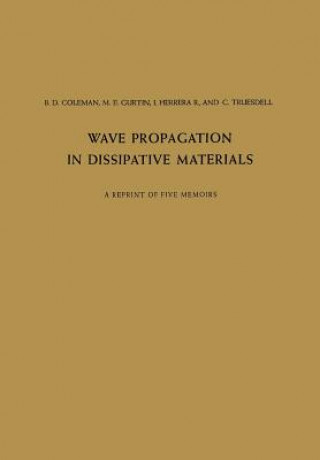
Code: 06619343
Wave Propagation in Dissipative Materials
by C. Truesdell
Common experience reveals two basic aspects of wave propagation. First, while preserving their identity and travelling at definite speeds, sounds finally die out. Second, weak sounds may combine to form strong noises. Theories of ... more
- Language:
 English
English - Binding: Paperback
- Number of pages: 138
Publisher: Springer-Verlag Berlin and Heidelberg GmbH & Co. KG, 2012
- More about this

116.44 €

Low in stock at our supplier
Shipping in 10 - 14 days
Potřebujete více kusů?Máte-li zájem o více kusů, prověřte, prosím, nejprve dostupnost titulu na naši zákaznické podpoře.
Add to wishlist
You might also like
-

TASTE OF THE CLASSICS VOLUME 2
15.42 € -10 % -

Living In The Balance Of Grace And Faith
13.90 € -19 % -

Die Entwicklung der Kriegstechnik unter oekologischen Aspekten
17.55 € -9 % -

Fingerpuppenset Wilde Tiere
19.38 € -9 %
Give this book as a present today
- Order book and choose Gift Order.
- We will send you book gift voucher at once. You can give it out to anyone.
- Book will be send to donee, nothing more to care about.
More about Wave Propagation in Dissipative Materials
You get 290 loyalty points
 Book synopsis
Book synopsis
Common experience reveals two basic aspects of wave propagation. First, while preserving their identity and travelling at definite speeds, sounds finally die out. Second, weak sounds may combine to form strong noises. Theories of acoustic propagation have succeeded in representing these aspects of experience separately, but never combined as in nature. The classical theories of sound in perfect fluids and elastic solids easily yield common speeds of propagation for plane infinitesimal disturbances, but no damping. Moreover, within EULER'S theory of the perfect fluid, or its generalization, the GREEN-KIRCHHOFF-KELVIN theory of finite elasticity, weak waves may grow stronger and become shock waves, which propagate according to more complicated but equally definite principles. Effects of internal damping are easily added for theories of infinitesimal deformation, but for finite motions a dead end was reached about sixty years ago. Indeed, in 1901 DUHEM proved that according to the NAVIER-STOKES theory of fluids acceleration waves and waves of higher order cannot exist, and for shock waves he claimed a similar result, which has since been shown to be valid subject to certain qualifications. So as to save the phenomena of sound and noise, as was necessary if the NAVIER-STOKES theory was to deserve the place proposed for it as a refinement upon EULER'S theory, DUHEM introduced the concept of "quasi-wave", a region of rapid but continuous transition.
 Book details
Book details
Book category Książki po angielsku Mathematics & science Physics
116.44 €
- Full title: Wave Propagation in Dissipative Materials
- Subtitle: A Reprint of Five Memoirs
- Author: C. Truesdell
- Language:
 English
English - Binding: Paperback
- Number of pages: 138
- EAN: 9783642886935
- ISBN: 9783642886935
- ID: 06619343
- Publisher: Springer-Verlag Berlin and Heidelberg GmbH & Co. KG
- Weight: 269 g
- Dimensions: 244 × 170 × 9 mm
- Date of publishing: 15. August 2012
Trending among others
-

Six Easy Pieces
12.07 € -34 % -

Philosophiae Naturalis Principia Mathematica (Latin,1687)
19.48 € -
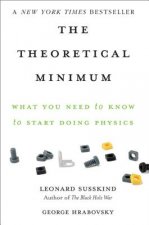
The Theoretical Minimum
15.02 € -26 % -

Big Picture
15.22 € -21 % -
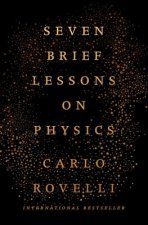
Seven Brief Lessons on Physics
14 € -27 % -

Physics for the IB MYP 4 & 5
62.83 € -

University Physics with Modern Physics, Global Edition
92.78 € -
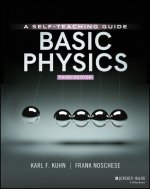
Basic Physics - A Self-Teaching Guide, Third Edition
20.09 € -31 % -

Six Not-So-Easy Pieces
13.70 € -25 % -

Big Picture
23.54 € -18 % -

Physics for Scientists and Engineers with Modern Physics
114.31 € -

God Particle
21.61 € -20 % -

Physics for Future Presidents
17.05 € -14 % -

Beautiful Question
17.86 € -

Fundamentals
21.31 € -21 % -

Physics for Cambridge IGCSE™ English Language Skills Workbook with Digital Access (2 Years)
13.59 € -5 % -

Physics for Scientists and Engineers: A Strategic Approach with Modern Physics, Global Edition
77.15 € -

The Feynman Lectures on Physics Set
180.40 € -20 % -

Physics: Principles with Applications, Global Edition
91.36 € -
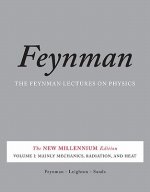
Feynman Lectures on Physics, Vol. I
55.32 € -

PHYSICS OF THE IMPOSSIBLE: A SCIENTIFIC
14 € -27 % -
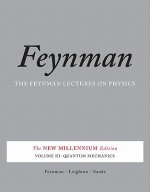
Feynman Lectures on Physics, Vol. III
48.42 € -

Brief History of Time
16.74 € -13 % -
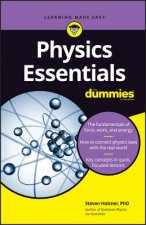
Physics Essentials For Dummies
13.90 € -15 % -

Something Deeply Hidden
21.51 € -17 % -

Advanced Physics For You
90.85 € -

Schaum's Outline of College Physics, Twelfth Edition
17.86 € -28 % -
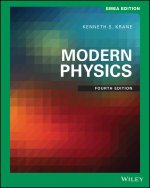
Modern Physics, Fourth EMEA Edition
72.88 € -

Schaum's Outline of Beginning Physics I: Mechanics and Heat
29.94 € -21 % -

Physics for Engineers and Scientists
81.92 € -
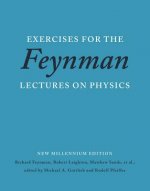
Exercises for the Feynman Lectures on Physics
20.70 € -20 % -

Inventions, Researches, and Writings of Nikola Tesla
14.10 € -18 % -
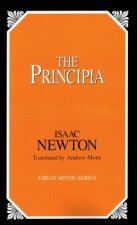
Principia
16.64 € -13 % -

Direction of Time
16.34 € -10 % -

Information Theory, Inference and Learning Algorithms
70.85 € -2 % -

Tao of Physics
16.03 € -24 % -

Energy
20.19 € -

Schaum's 3,000 Solved Problems in Physics
25.98 € -27 % -
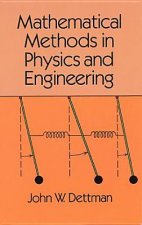
Mathematical Methods in Physics and Engineering
19.58 € -24 % -

What Is Real?
15.32 € -28 % -

Regular Polytopes
14.71 € -19 % -

Schaum's Outline of Modern Physics
25.37 € -20 % -

Speakable and Unspeakable in Quantum Mechanics
73.80 € -1 % -
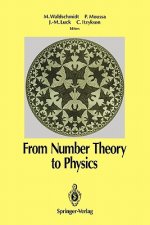
From Number Theory to Physics
179.08 € -

Elementary Statistical Physics
16.13 € -15 % -

Schaum's Outline of Physics for Engineering and Science, Fourth Edition
18.97 € -27 % -

Fundamentals of Digital Image Processing - A Practical Approach with Examples in Matlab
79.69 € -

Panchatantra
23.04 € -

String Theory and M-Theory
145.47 €
Osobní odběr Bratislava a 2642 dalších
Copyright ©2008-24 najlacnejsie-knihy.sk Wszelkie prawa zastrzeżonePrywatnieCookies


 Vrácení do měsíce
Vrácení do měsíce Zdarma od 49.99 €
Zdarma od 49.99 € 02/210 210 99 (8-15.30h)
02/210 210 99 (8-15.30h)